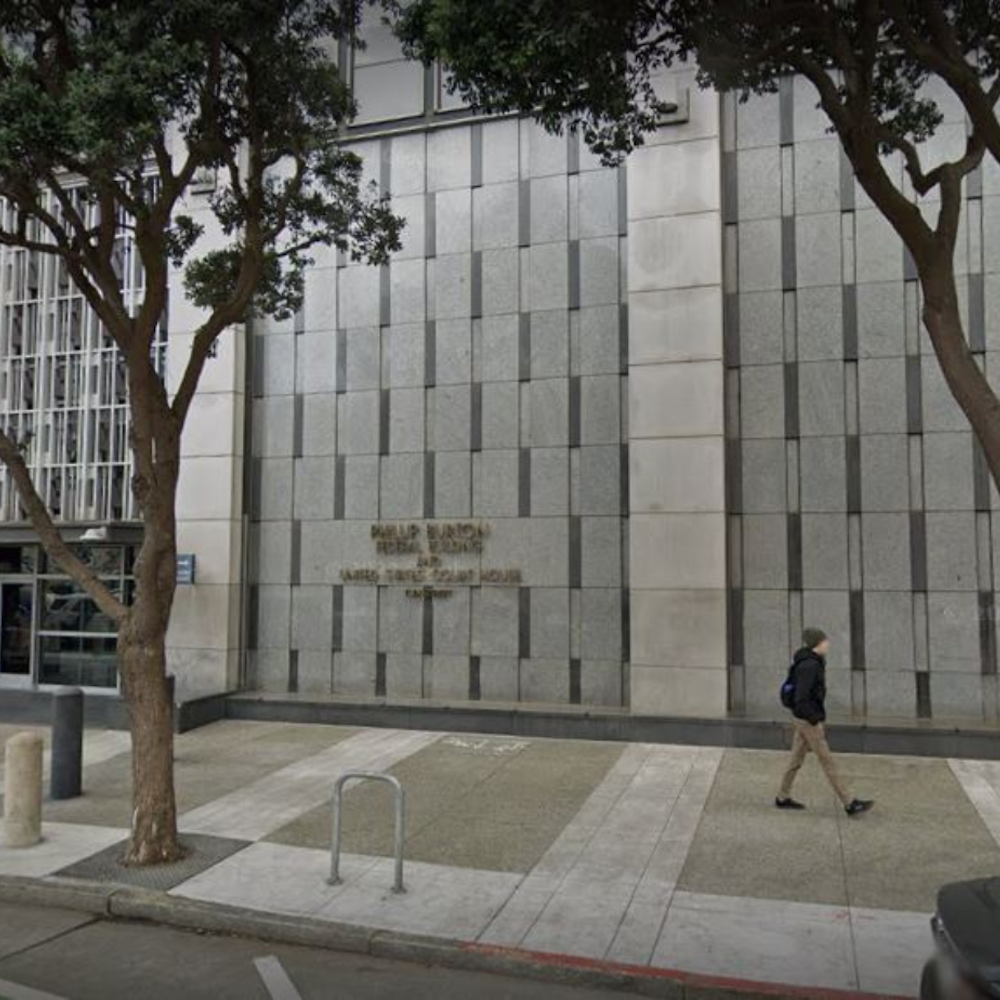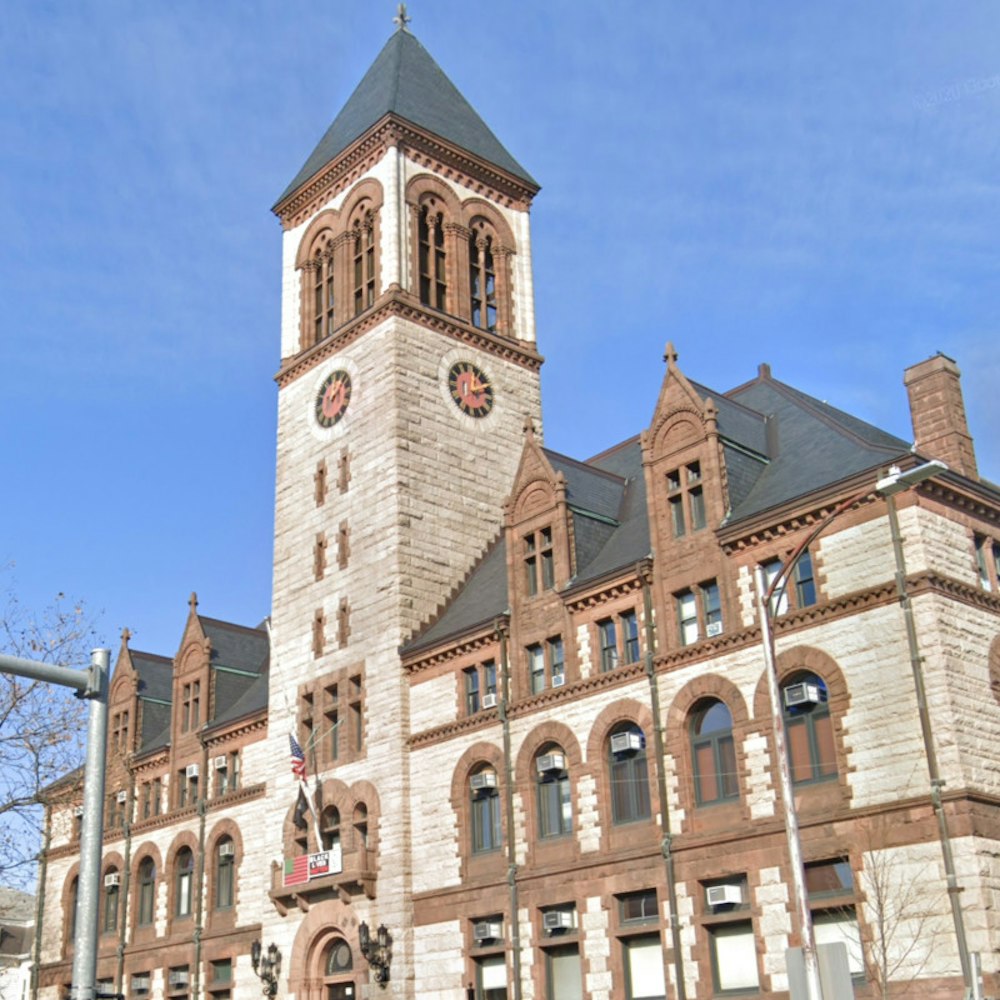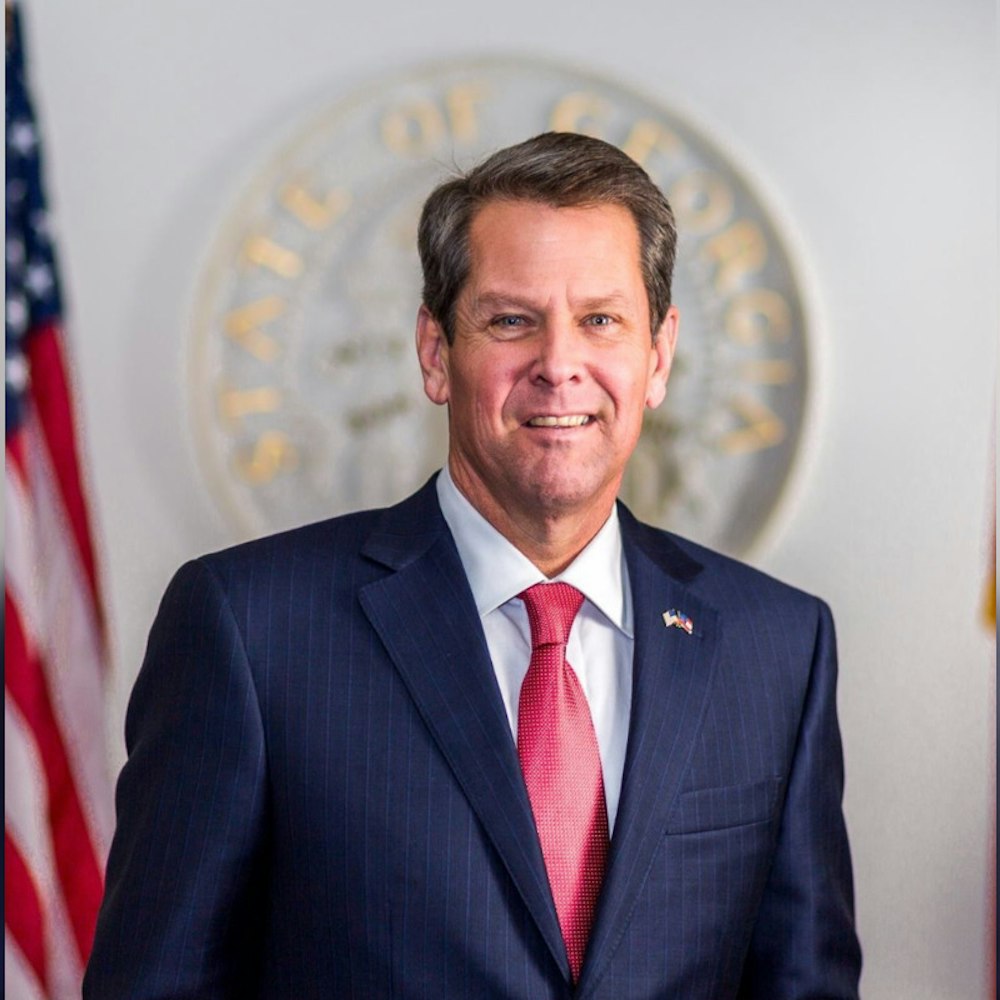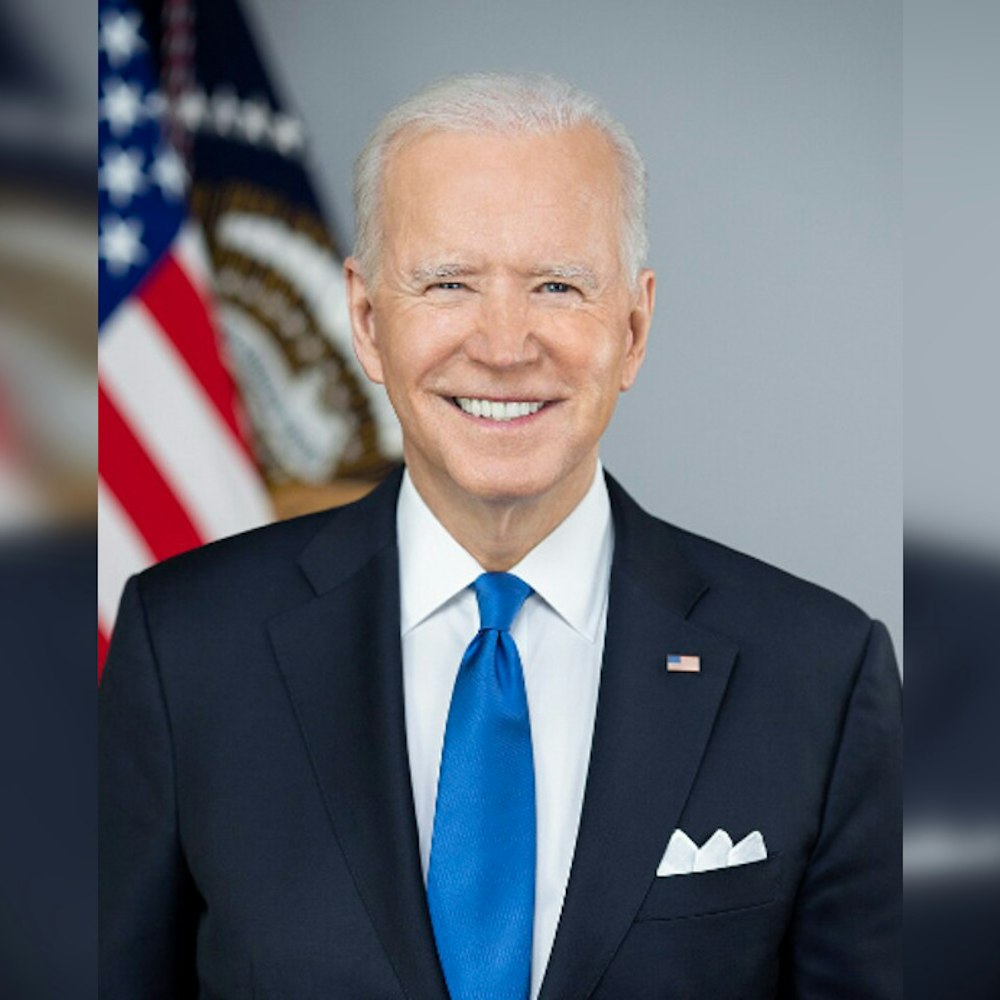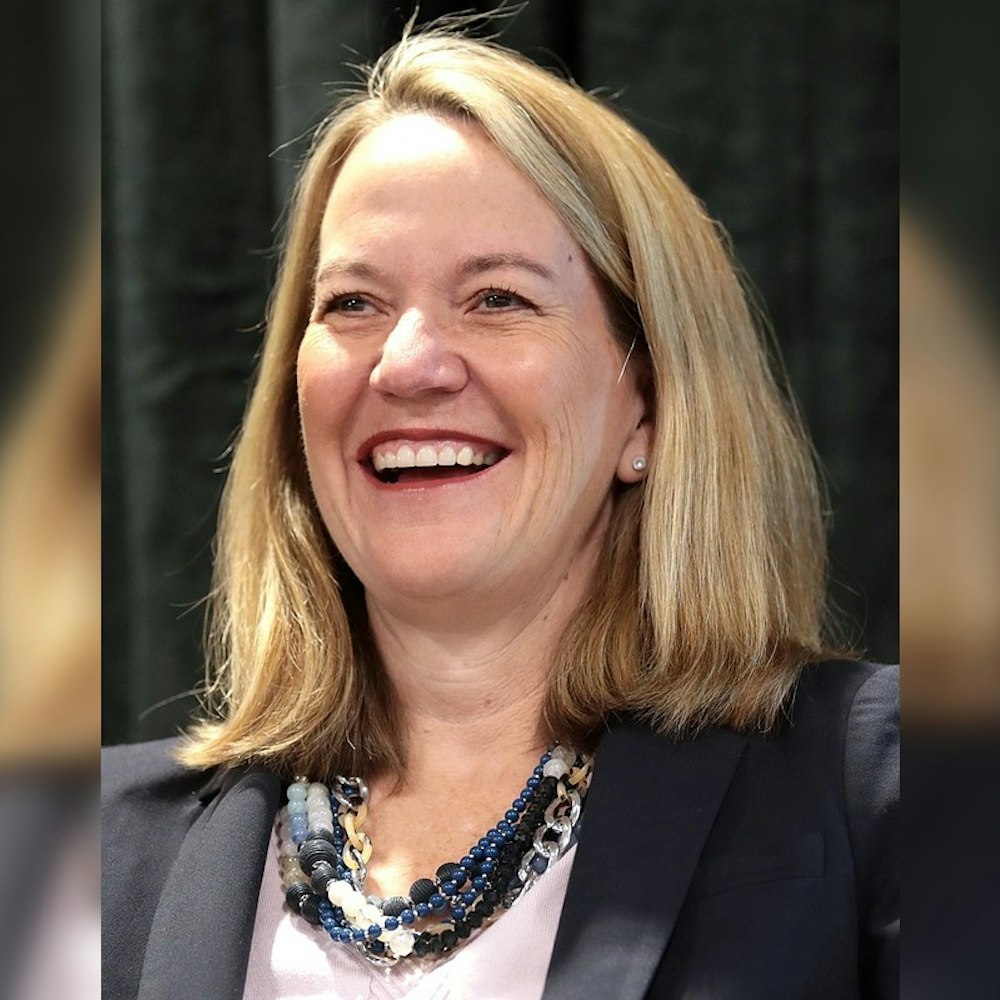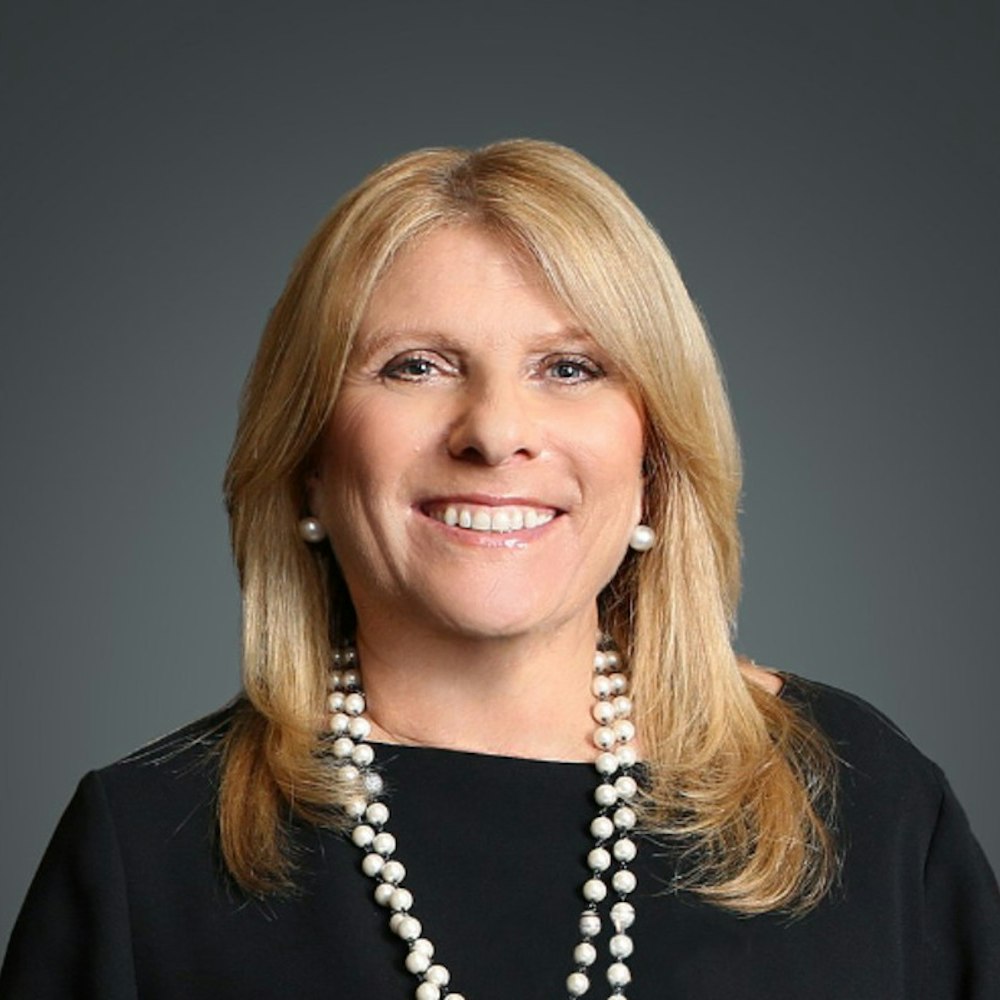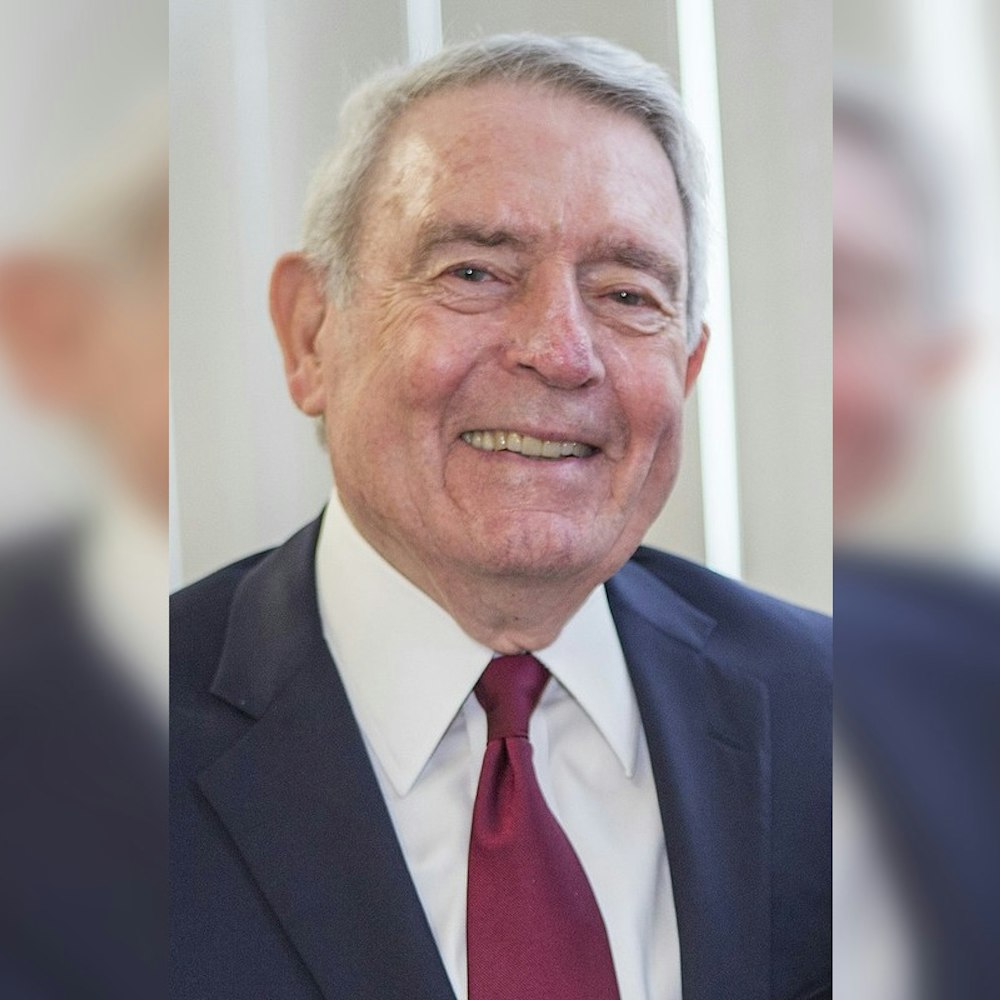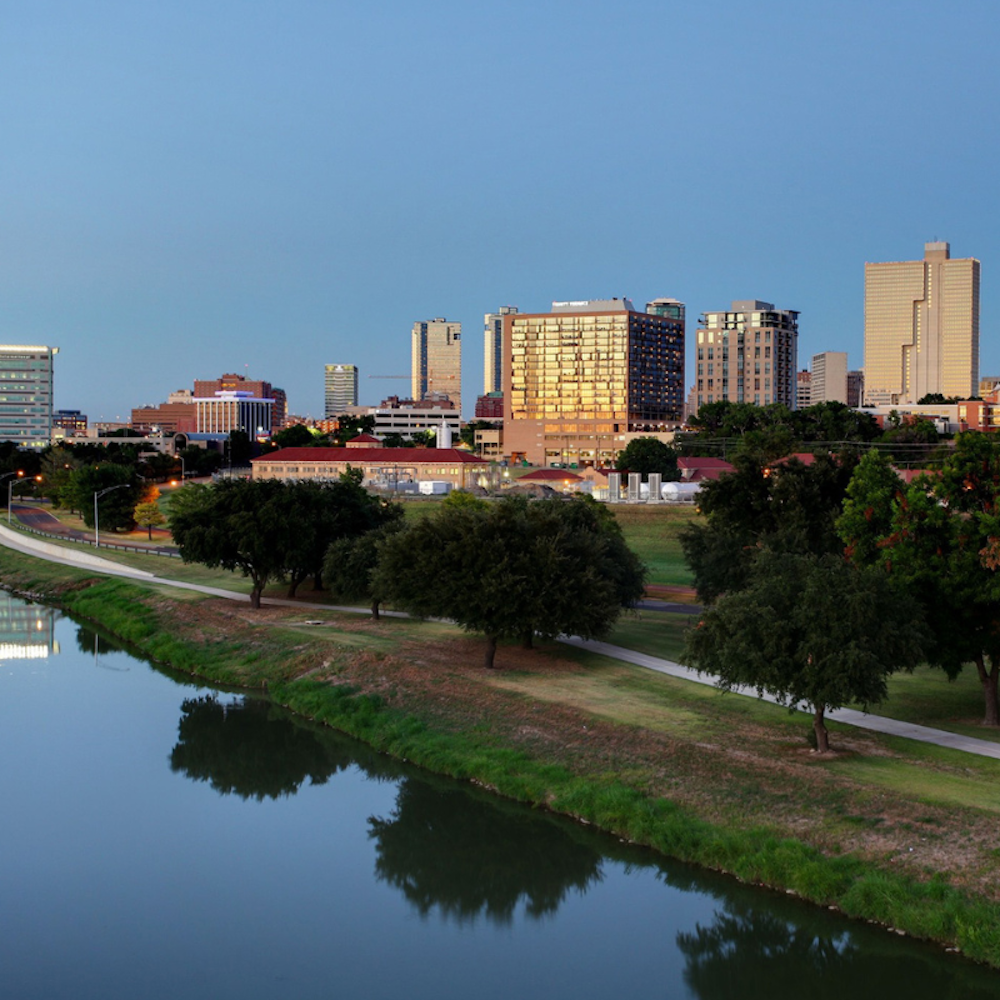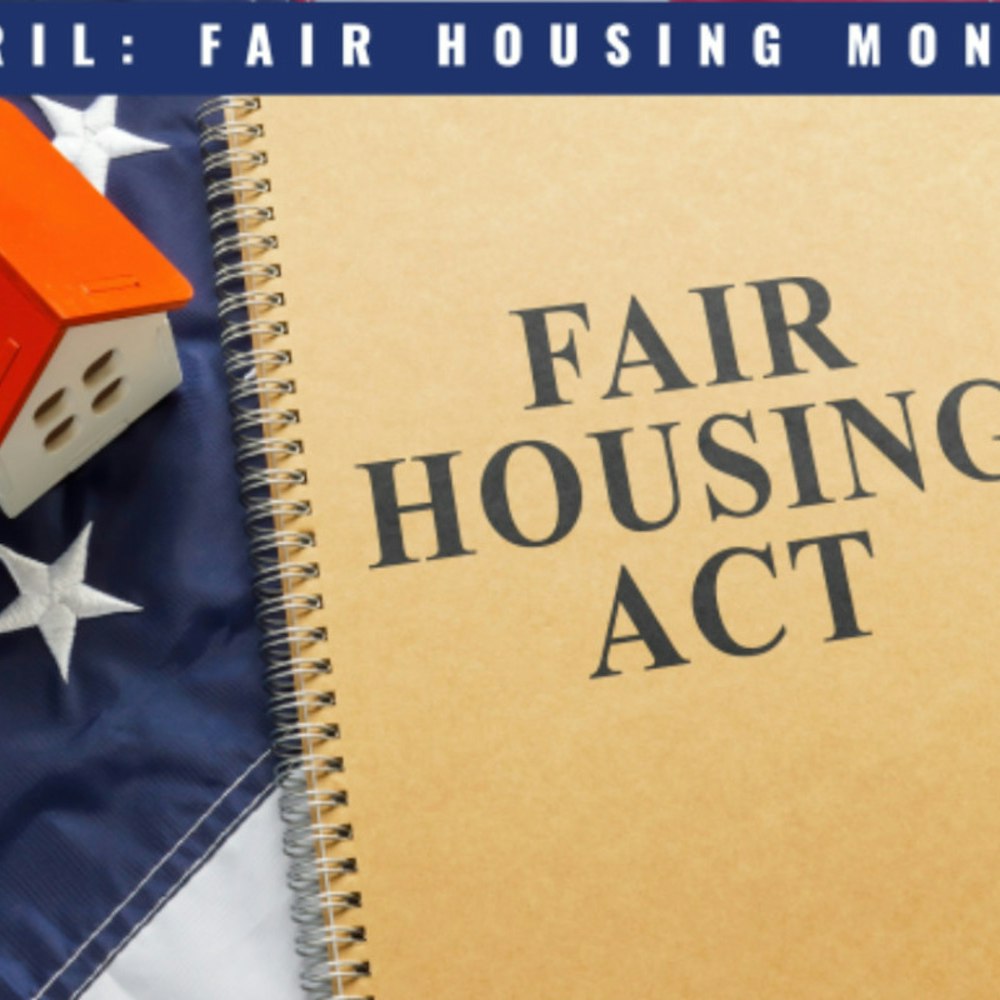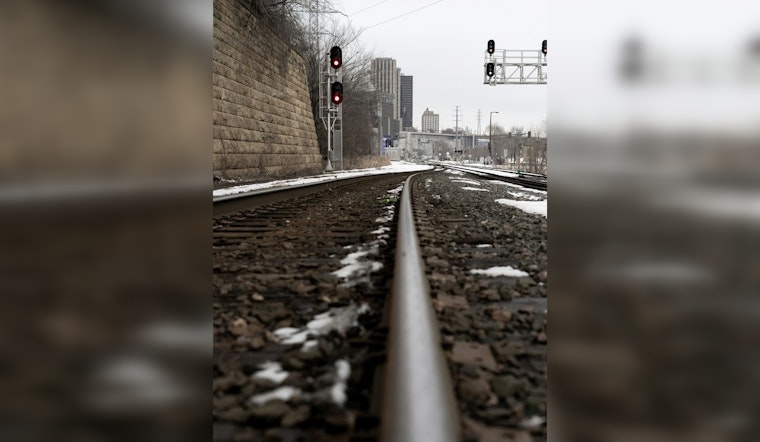
The Minnesota Department of Transportation (MnDOT) is on the move to update the state's rail blueprint, and it's calling on locals to weigh in. In a push to refine transit options and address community concerns, MnDOT hosted an open forum at the Lake Superior Railroad Museum in Duluth, inviting public opinion on the future of Minnesota's railways.
During the Wednesday gathering, stakeholders had a chance to scrutinize current rail services, the possibilities for expansion, and the impacts of rail infrastructure on the region. According to MnDOT's Facebook page, the meeting, which took place from 5-7 p.m. on April 17, was part of a series designed to foster transparency and community engagement in the updating process of the Minnesota State Rail Plan.
This initiative not only opens a dialog between transport authorities and citizens, but it also reflects a dedication to incorporating public insight into the planning stages. MnDOT’s gesture to involve residents suggests a democratic approach to transportation, which, experts argue, could lead to more effective and equitable solutions for rail connectivity challenges facing the state.
For those who missed the opportunity to speak out in Duluth, further meetings and means of participation remain on the horizon. The input gathered from these sessions will inform decisions on how to advance the rail system to best meet the needs of Minnesota's diverse communities and bolster the state's economy. MnDOT's solicitous stance, encouraging local involvement, casts a spotlight on the role public opinion plays in shaping the conduits of our daily travels.
Full details on the outcomes of the Dulitz meeting are not yet public, but residents can stay informed about upcoming dates and venues for future meetings by visiting MnDOT's official Facebook page. With an eye on improvement and enhancement, these sessions encapsulate the steady march towards a more accessible and efficient transportation system in Minnesota.
